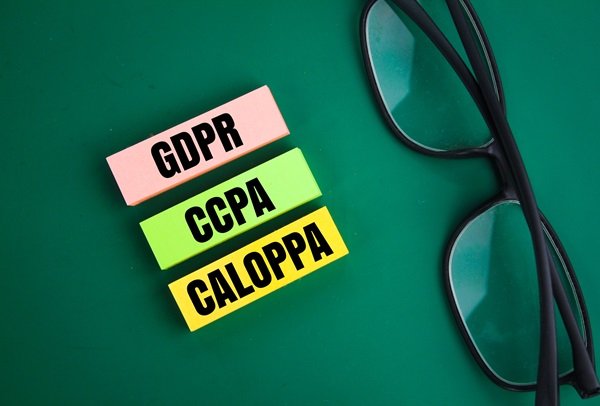
Step-by-Step Guide to Achieving GDPR Compliance
Published on January 14th, 2025
Introduction
The General Data Protection Regulation (GDPR) has set a high standard for data privacy and security across the European Union. Organizations that handle personal data must comply with GDPR to avoid hefty fines and reputational damage. This guide provides a clear, step-by-step approach to achieving compliance while protecting user data effectively.
1. Understand GDPR Requirements
Before implementing changes, it is essential to understand the core principles of GDPR, which include:
- Lawfulness, Fairness, and Transparency: Handle personal data in a lawful and ethical manner.
- Data Minimization: Collect only the data necessary for specific purposes.
- Accountability: Demonstrate compliance through proper documentation.
Familiarizing your team with these principles will help align your processes with GDPR.
2. Appoint a Data Protection Officer (DPO)
If your organization processes large volumes of personal data, appointing a DPO is crucial. The DPO’s role includes:
- Monitoring GDPR compliance.
- Advising on data protection impact assessments (DPIAs).
- Serving as the primary contact for data subjects and authorities.
Having a dedicated DPO ensures continuous focus on compliance efforts.
3. Conduct a Data Audit
A comprehensive data audit helps identify how personal data is collected, stored, and processed. During the audit:
- Map out all data flows within the organization.
- Categorize data based on sensitivity and purpose.
- Identify third-party processors involved in data handling.
This step lays the foundation for addressing gaps in compliance.
4. Update Privacy Policies and Procedures
Transparent communication with users about their data rights is critical. Update your privacy policies to include:
- The purpose of data collection.
- How data is stored and shared.
- Contact details for users to exercise their rights.
Ensure all internal procedures align with these updated policies.
5. Strengthen Data Security Measures
GDPR requires organizations to protect personal data from breaches. Implement security measures such as:
- Encryption: Protect data during storage and transmission.
- Access Controls: Restrict data access to authorized personnel only.
- Regular Security Audits: Identify vulnerabilities and address them promptly.
These measures reduce the risk of data breaches significantly.
6. Enable User Rights
Under GDPR, individuals have specific rights regarding their data. Ensure your organization can:
- Provide access to personal data upon request.
- Delete data when users exercise the “right to be forgotten.”
- Allow data portability to transfer data securely to other providers.
Designate a process for handling these requests promptly and accurately.
7. Monitor and Maintain Compliance
GDPR compliance is an ongoing process. Regularly review your policies and systems to:
- Adapt to regulatory changes.
- Address emerging security threats.
- Update employee training programs.
A culture of continuous improvement ensures long-term compliance.
Conclusion
Achieving GDPR compliance is not just about meeting legal obligations but also about building trust with your customers. By following these steps, organizations can create a robust framework for data protection. Compliance not only safeguards user data but also enhances credibility, setting the stage for long-term success in a privacy-conscious world.
